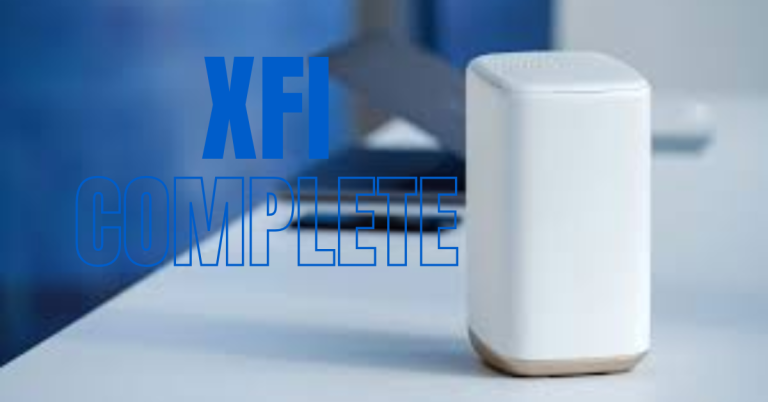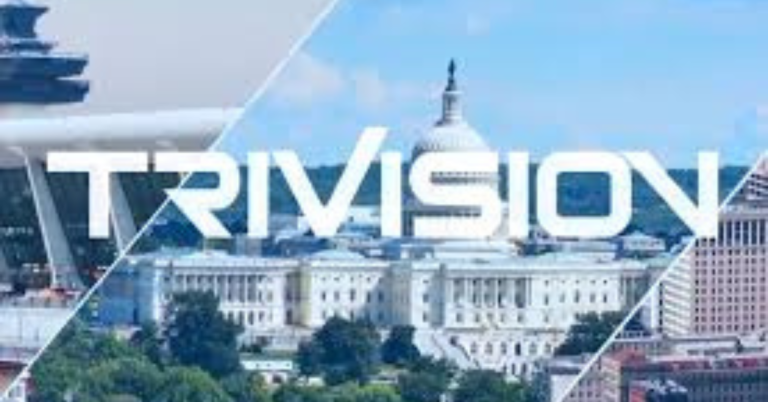We Sent 1,000 Cold Emails…Here’s What Worked
Last quarter, we ran an experiment.
We wanted to test cold email strategies that actually get replies. So, we rolled up our sleeves, built a list, and hit send. Over the span of 30 days, we sent exactly 1,000 cold emails.
No gimmicks. No spammy tactics. Just thoughtful messages, carefully tracked.
And the results? Some emails flopped. Others sparked conversations, meetings, even deals.
This article is what we learned—broken down into what worked, what didn’t, and what we’d double down on if we did it again.
Why we did it
We’re not new to outreach. But even experienced teams can hit a wall. Open rates drop. Replies dry up. What worked six months ago stops landing.
So instead of guessing, we decided to test. We picked one clear goal: get real replies, not just opens. Every message was written with that in mind.
Our audience: B2B decision-makers in SaaS and service industries. We built a clean, verified list, wrote a few variations of our message, and tracked every single open, click, and response.
Let’s dive into what made the difference.
The emails that worked had these in common
After 1,000 emails, patterns started to emerge. Some subject lines flopped. Others got 40%+ open rates. Some messages were ignored. Others got same-day replies.
We reviewed every winning email and saw a trend.
Here’s what the top-performers shared:
1. Clear, simple subject lines
No clickbait. No fake urgency. The best subject lines felt natural, like internal emails.
Examples that worked:
- “Quick idea for your team”
- “Saw your update on [topic]”
- “Question about your onboarding flow”
2. Short and to the point
People don’t read long cold emails. They skim. Our best messages were 4–6 sentences. That’s it.
They followed this structure:
- One line of context (why we’re reaching out)
- One sentence of value (how we can help)
- One question or CTA
3. Personalization that didn’t feel forced
We didn’t just use “Hi [First Name]”. We referenced something specific: a blog post, a recent hire, or a product launch. Real details, not fake familiarity.
One high-performing line: “Saw you’re hiring for a support lead—curious how you’re thinking about scaling onboarding.”
4. A soft, easy ask
Instead of pushing for a call right away, we kept it light. We asked:
“Want me to send a quick summary?”
“Would it be useful if I shared a case study?”
This made it easy to say yes, without feeling pressured.
5. A professional finish
Your email ends with a signature. It should build trust, not break it.
We used a free email signature generator to make our sign-offs clean, consistent, and clickable. Every signature included a name, role, photo, and links. It made a huge difference in credibility.
What didn’t work
Now, here’s where things went sideways.
Not every email performed well. Some were completely ignored. Others had solid open rates but zero replies.
Here’s what we found didn’t work:
1. Overly formal language
Messages that sounded stiff or corporate got fewer replies. These lines tanked performance:
- “We’d love to schedule a quick 15-minute discovery call.”
- “Allow me to introduce myself and our solution.”
Too much formality felt robotic. People want to hear from people.
2. Generic value propositions
Emails that used vague benefits like “streamline your workflow” or “optimize performance” went nowhere. The more generic we were, the less interest we got.
Clear, specific outcomes won every time.
3. Long paragraphs
One version of our message had a huge text block. Even with good content, people skipped it. Short lines and line breaks increased readability and replies.
4. Hard asks right away
Emails that immediately asked for a call or demo had lower reply rates. Even if someone opened, the pressure turned them off.
Lesson: ease into it.
Timing and follow-ups matter
We tested sending at different times. Our sweet spot? Tuesdays and Wednesdays between 8:30–10:00 AM (recipient’s time zone).
And yes, follow-ups worked. A lot.
Nearly 45% of all replies came from the second or third email.
But the follow-up message had to offer something new. Not just “bumping this up,” but:
- A new idea
- A quick stat
- A shorter version of the original message
Follow-ups that showed persistence and value made the difference.
Personal touch beats automation
You can use tools to send at scale, but every message must feel handcrafted.
We used snippets, not templates. Each email was slightly adjusted to match the recipient. It took longer, but our reply rate nearly doubled compared to past bulk sends.
Also: formatting mattered. A messy email looked rushed. Clean layout = more trust.
Metrics that mattered
Here’s a quick breakdown of the data from our 1,000-email send:
- Average open rate: 41%
- Average reply rate: 9.6%
- Best-performing message: 17.2% reply rate
- Top subject line: “Quick idea for your team”
- Follow-up reply share: 45% of total replies
The takeaway? Replies come from clarity, context, and persistence—not clever tricks.
Tools that helped
We kept our stack simple:
- Google Sheets for tracking
- Reply.io for sending
- Generect for enrichment
- A free email signature generator for clean sign-offs
And one more that helped us build a solid list, especially when contacts weren’t listed on websites.
We used tools that show you how to find someones email quickly and accurately. This saved us hours and ensured we weren’t guessing. A clean list meant more deliverability and fewer bounces.
What we’d do differently next time
Running this experiment taught us a lot. If we sent another 1,000 cold emails, we’d focus even more on:
- Quality over quantity. Smaller, better-targeted batches beat big, generic ones.
- Deeper personalization. Not just job titles—real context from posts, podcasts, and updates.
- Adding value upfront. A relevant stat or tip in the first line goes a long way.
- Multi-channel warm-up. Commenting on someone’s post before emailing them helps warm the lead.
Final thoughts = it’s about connection
After 1,000 cold emails, one thing is clear: people respond to people.
If your email sounds human, feels relevant, and makes a respectful ask, you’ve got a shot. But if it reads like spam, no amount of follow-ups will save it.
So slow down. Research. Write like you’re talking to one person. Make it easy to say yes.
And if they don’t reply? That’s fine. You’ll learn something. You’ll test again. And your next email will be even better.







